Opuntia violacea Santa Rita rare Cactus Seeds Pack of 5 seeds
₹125.00
Out of stock
Email when stock available
Opuntia violacea Santa Rita Origin and Habitat: Extreme southeastern Arizona (Hidalgo County), southern New Mexico, Texas (Trans-Pecos, between Presidio and Big Bend National Park, and also in south-central Texas), and northern Sonora, and may be through Chihuahua into Durango and Hidalgo (Mexico).
Altitude range: 700-1600 metres above sea level.
Habitat and ecology: Desert grass-lands, oak woodlands, flats, slopes in sandy to rocky soils.
Opuntia violacea Santa Rita Description: Opuntia santa-rita is an erect, bushy succulent shrub to 2 m high and 3 m wide with a distinct, though short trunk. It a very attractive species with reddish or violet-purple pads. Small plants seem to be the most colourful. The yellow flowers are stunning on the purple pads in spring, definitely an eye-catcher.
Stem segments: Round, ovate or obovate sometimes broader than long, not easily detached, 5-20 cm across, thin, nearly smooth, glabrous, glaucous blue-green, when under stress with reddish or violet-purple colouring around the areoles and along the edge; this colouring is more pronounced during winter.
Areoles: 6-8(-9) per diagonal row across midstem segment, oval to round, sometimes reniform, c. 3 mm in diameter when young, but increasing with age to about 6 mm, 1.5-2.5 cm apart. The new areoles bear much wool and many short glochids up to 6 mm long. They are yellow to tannish brown in colour dense in crescent at adaxial edge of areole, nearly encircling areoles, and in subapical tuft, of even height. The growth of the wool and glochids on old stem pads sometimes produces an elongation of the areole structure outward.
Spines: Not numerous, new stem segments often being spineless or with 1 spine present on only a few edge areoles. Older segments may have 2-3 spines in the upper areoles only. Spines are needle-like, deflexed to erect, straight or slightly curved, flexible, light reddish brown to pink with the upper parts yellowish or mottled with yellow, sometimes almost all black, 2-6.2(-10) cm long.
Flowers: Yellow with bright red bases, 7.5-9(-10) cm in diameter. Inner tepals yellow throughout, fading orangish, 25-45 mm; filaments pale yellow throughout or pale yellow proximally, white distally; anthers pale yellow; style white; stigma lobes light green.
Blooming season (in habitat): April though August.
Fruits: Oval, oblong, to barrel-shaped often somewhat curved, red or purplish red, fleshy, smooth, 2.5-5 cm long, 2.5 or a little more in diameter, fleshy, glabrous, spineless, with little or no constriction below and with a pitted apex; areoles 34-44(-54). The are fruit is edible and matures in late summer to autumn.
Seeds: Tan, 3.5-5 × 3-4 mm, sides convex, often bearing bumps with narrow, acute rims.
1 review for Opuntia violacea Santa Rita rare Cactus Seeds Pack of 5 seeds
Add a review Cancel reply
You must be logged in to post a review.
Related products
cactus and succulent seeds
cactus and succulent seeds
Echinocereus Rigidissimus Rubrispinus cactus seeds pack of 20 seeds


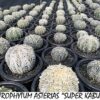
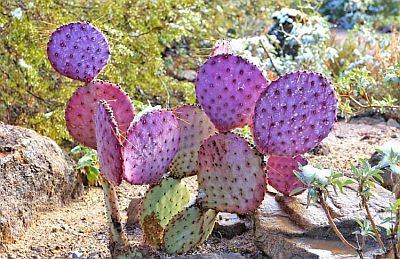
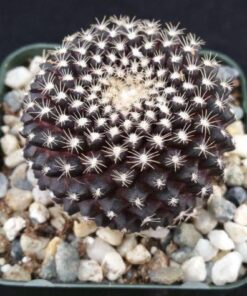

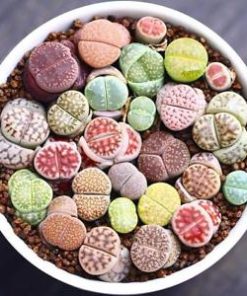
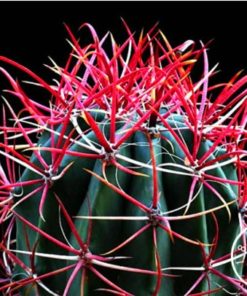
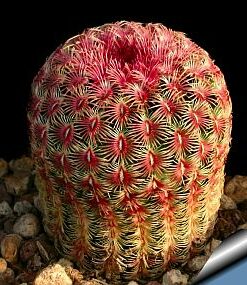

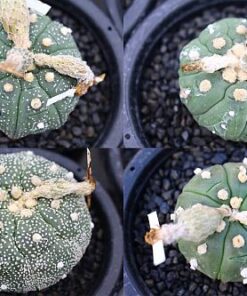
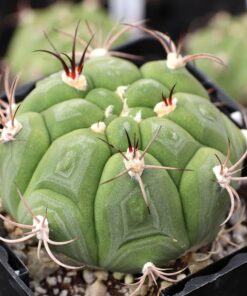
surajit.saikia447 (verified owner) –
Order #88575 was placed on 08/06/2020 and is currently Completed. 1 seedling till date, hard to grow variant cactus.